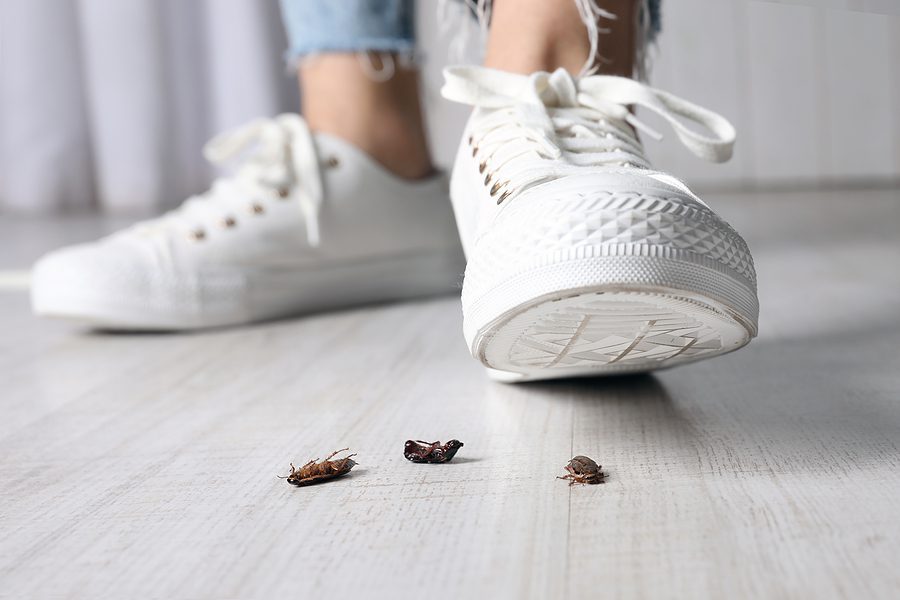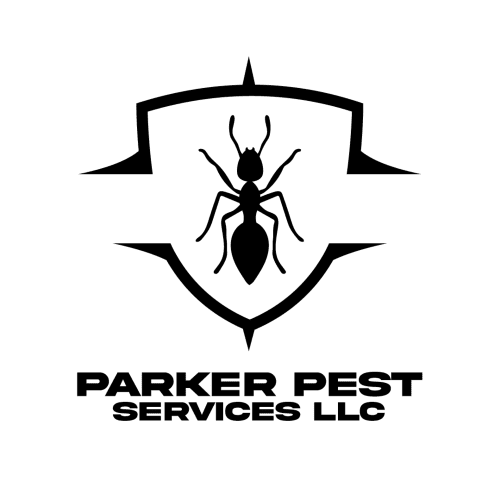Termite Pest Control Tips to Follow After You Buy a New Home

Termites are tiny terrors that can turn a dream home into a nightmare real quick. Nicknamed “silent destroyers,” these teeny tiny bugs munch on wood, flooring, insulation, and even wallpaper without anyone noticing.
Every year, they cause billions – yes billions – in property damage typically not covered by insurance. Don’t let these little pests catch you sleeping!
As a new homeowner, get a thorough termite or wood-destroying organism inspection before signing anything. This will help avoid massive headaches and pricey repairs after closing.
What’s the Difference Between a Regular and Termite Inspection?
When buying a previously owned home, a standard general home inspection is strongly recommended. An experienced home inspector will assess the physical structure from roof to foundation, checking out the electrical, plumbing, appliances, HVAC, and more. They can identify issues needing repair or further evaluation. Home inspections help buyers understand the condition of the property before finalizing a purchase.
A termite inspection is much more specialized and focuses only on spotting signs of damage caused by wood destroying insects. The inspector is looking for visible evidence of termites as well as conditions that can attract and support them. Termites love dark, damp areas with decaying wood. The inspector will check the foundation, crawl space, attic, landscape, external structure, and more. Termite inspections cost significantly more than regular home inspections but are considered non-negotiable by lenders. When completed, the pest control company provides a detailed report listing any wood destroying insects noted, areas at risk for infestation, and a recommended treatment plan. This assures the home doesn’t currently have an active infestation and sets up a defense against future invaders. If any issues are found, further treatment is usually required prior to closing.
Be On High Alert for These Termite Red Flags
Wood destroying insects like termites do their dirty work behind the scenes. But during your visits to the property, watch for these signs that could indicate termites are secretly camping out and destroying things from the inside:
- Mud tubes on the exterior of the home allow termites to travel unseen to their food supply. The bugs build these narrow tunnels to protect themselves as they commute to and from their underground colonies.
- Tapping on wooden furniture, trim, or paneling causes a hollow, drum-like sound. This indicates termites have eaten away the insides while leaving the outside shell intact.
- Wood that is discolored, blistered, or showing cracks or holes. This shows areas already damaged by termites.
- Small piles of compacted pellets that resemble sawdust scattered around the base of walls, under furniture, or near termite nesting sites. These are actually termite poop!
- Tiny wings shed around doors, windows, spider webs, and windowsills are evidence of swarmers. When a mature termite colony gets large enough, the queen produces swarmers with wings. These fly around to mate and establish new colonies. Seeing wings around the house means they found a way inside!
Noticing any of those signs is a good indication you’ve got active termites doing damage behind the scenes. But even if those obvious clues aren’t spotted, certain high-risk factors could still lure termites onto the property. The bugs are attracted to food sources like wood debris and drawn to moisture.
Termite Attractants to Watch For + Tips to Lessen the Risk
If you decide to purchase the home despite the risks, observe it closely during future visits. Look for these termite temptations and proactively address them to reduce the likelihood of attracting an infestation.
Tip #1: Store Firewood Far Away from the House
Many homeowners keep their firewood supply stacked up right next to the house for convenience. But having it in close proximity can attract termites and provide easy access for them to sneak inside.
Tip: Keep firewood and other wood piles at least 20 feet away from the exterior walls of the home. Store it up on pallets or platforms a minimum of 5 inches off the bare ground. This eliminates contact between the wood and soil where termites live.
Tip #2: Routinely Clear Clogged Gutters
Termites are attracted to moisture and dampness. When gutters become clogged with leaves and debris, water can’t drain properly. The overflow backs up and accumulates along the roofline and foundation. This provides the perfect damp environment for termites to thrive! They are also drawn to the musty smell of rotting leaves and decaying wood.
Tip: Install gutter guards or leaf filters to prevent buildup. Routinely clean out gutters and downspouts to allow proper water flow. Use downspout extenders to direct rainwater several feet away from the base of the foundation. Position splash blocks at the end of downspouts to prevent drainage from pooling. Eliminate all standing water to send termites packing!
Tip #3: Remove Old Tree Stumps From the Yard
Cutting down a damaged tree but leaving the remaining stump in place seems simpler and less expensive. But those old rotting stumps provide the ideal food source and nesting spot for termites. Infestations that start in old stumps can eventually spread to invade the home itself.
Tip: If you have excessive wood debris, tree stumps, or logs on your property, hire professionals to completely remove them. This eliminates termite feeding grounds and nesting sites. For any stumps too large to extract, apply borate-based powder designed to kill termites on contact and prevent future infestations.
Tip #4: Use Mulch in Moderation & Keep It Away From the Foundation
Wood and bark mulch provides a moist environment and food source for termites. It’s commonly spread thickly along flower beds and the foundation during landscaping. But this creates the perfect breeding ground right outside your house!
Tip: Use inorganic mulch materials like pebbles, lava rock, or rubber next to the foundation instead. Limit wood mulch in flower beds and keep it at least 15 inches away from exterior walls whenever possible. Inspect existing wood mulch beds carefully for hollowed out feeding galleries below the surface – a sure sign active termites are present!
Tip #5: Seal Up Crevices Around Exterior Pipes & Utilities
Cracks and crevices around outdoor plumbing, gas lines, cable boxes, electrical conduits, and other utilities provide easy access for termites. They can follow the tiny gaps straight into your home’s inner walls as a hidden highway.
Tip: Thoroughly seal all cracks around outdoor utility penetrations with caulk, foam, or cement. This closes up potential termite entry points.
Tip #6: Trim Back Overhanging Tree Branches Touching the House
When tree limbs, leaves, and branches are touching the roof, sides, or any exterior surface, it gives termites a direct bridge into your home. They can follow the woodsy path from the tree straight into your attic or walls.
Tip: Prune back vegetation touching the house. Keep trees and bushes at least 3 feet away from the exterior. Regularly trim branches to prevent new growth from reaching the home. Removing the wood-to-wood contact discourages termites from crossing over.
Tip #7: Correct Excess Moisture Issues
As mentioned earlier, termites thrive in damp conditions. Several water or moisture related problems can increase the risk of attracting them:
- Leaky plumbing, pipes, or appliances
- Faulty water drainage away from the foundation
- Rainwater collecting in crawl spaces or against the foundation
- Poor ventilation leading to high humidity indoors
- Overly close proximity to pools, ponds, fountains, or irrigation systems
- Roof or window leaks
- Water seepage through basement walls
Tip: If you notice any moisture issues, have them fully inspected and corrected before moving forward. Eliminate all sources of excess water or humidity accumulating inside or along the perimeter of the home.
Tip #8: Level Any Low-Lying Areas Near the Foundation
Depressions and uneven ground settling near the foundation hold moisture and provide access for termites from underground colonies.
Tip: Fill low spots and re-grade areas to improve drainage away from the home. Use packed gravel, sand, or soil to boost water flow.
We Are Here to Help!
Small termites can destroy a home before you know it. Get a professional termite inspection by Parker Pest Services on any property you buy, regardless of location.
Act today and contact a qualified termite exterminator, like Parker Pest Services, that is licensed to inspect and treat termite pest infestations immediately. The longer you wait, the costlier and harder the problem is to solve.
